Centuries before department stores began unveiling extravagant holiday windows and shopping malls hired Santa Clauses, Christmas markets were the destination for yuletide shopping. Though they began in the Holy Roman Empire as the Middle Ages were giving way to the Age of Discovery, in many ways the European Christmas markets are little changed. They remain a place for people to buy decorations, gifts, and essentials for their holiday meals, as well as a place to revel in the sights, sounds (carols, anyone?), and scents (cinnamon, roasted chestnuts, fir trees) of the season.
Here’s your chance to experience the festive joys of the European Christmas markets for yourself without leaving home. Check out a few of our favorite markets below, then shop some of our favorite holiday picks.
Dresden Takes the Cake
Dresden’s Striezelmarkt is considered the oldest of the Christmas markets operating today. Founded in 1434, it gets its name from the giant fruitcake, or striezel, that’s carted through the Old Town before arriving at the market. The Dresden market is also notable for having what it claims is the world’s tallest Christmas pyramid, standing 46 feet high. A precursor of sorts to the Christmas tree, the Christmas pyramid is a stack of platforms, at least one of which is a carousel, adorned with nativity and woodland scenes, angels, and other festive motifs.
What to buy:
Nutcrackers are available at numerous stalls, as are hand-carved wooden ornaments. One popular ornament is the räuchermann, or smoking man. Created in the 19th century, this figure is meant to be hung with a candle or incense so that the smoke comes out of the hole carved in its mouth.
What to nibble:
Fruitcake, of course, along with pfefferkuchen, a type of gingerbread. The local variety is filled with jam and covered with chocolate. Be sure to wash it down with a mug of mulled wine.
Strasbourg Gets in the Spirit
France’s oldest Christmas market isn’t in Paris but rather Strasbourg, which at several periods throughout its history belonged to Germany rather than France. Founded in 1570, it’s actually 11 markets in one. In addition to the traditional market, or Christkindelsmärik, which features more than 100 stalls, there are the Children’s Village, with plenty of kid-friendly entertainment; the Village of Sharing, the proceeds of which go to charity; and a market in which artisans and vendors from a different country each year are invited to attend.
What to buy:
Storks are a centuries-old symbol of Alsace, the region that includes Strasbourg, so you’ll find stork ornaments, storks embroidered on table linens, stork figurines…
What to nibble:
One of the Strasbourg markets is dedicated to traditional Alsatian yuletide food and drink. These include bredles, small cakes or cookies, often shaped like stars, Christmas trees, or (surprise) storks; knack, a sausage traditionally flavored with black truffles and smoked with beechwood; and warmed white wine.
Prague Honors Wenceslas
The “Good King Wenceslas” of carol fame was a duke of Bohemia, of which Prague was the capital. So it makes sense that one of Prague’s two major Christmas markets is at Wencesles Square; the other is at the well-preserved (and spectacular) Old Town Square, just a few minutes’ walk away. The Old Town Square market includes a stable where kids (and adults) can pet traditional nativity animals—sheep, goats, and a donkey. Adding to the Old World ambience, school choirs from throughout the Czech Republic perform carols, dressed in traditional garb.
What to buy:
Czechia has long been known for its Bohemian glassware (also called Bohemian crystal), and the markets provide a prime opportunity to pick up handblown ornaments, drinkware, and jewelry.
What to nibble:
Food and drink are especially important components of the Prague markets. Choose between mulled wine and one of the numerous Czech pilsners, and accompany it with trdelnik, a rolled, grilled pastry, or klobása, a barbecued sausage—or better yet, enjoy both.
Barcelona Gets Cheeky
While Christmas markets are usually associated with colder climates, Barcelona has hosted Fira de Santa Llúcia since 1786. At one time it was known as the “girls’ fair,” and unmarried young women would get gussied up to attend—accompanied by their mothers, of course—in hopes of finding a beau. Those unfamiliar with Catalan traditions may be surprised to find for sale among the nearly 300 stalls plenty of los caganers. A figurine of a man with his trousers pulled down answering nature’s call, el caganer is so much a part of a Catalan Christmas, he even appears in Barcelona’s official pessebre, or nativity scene.
What to buy:
The market’s stalls are organized into four groups. One sector is devoted to those selling nativity scenes, ornaments, and other Christmas decorations. In addition to el caganer, this is where you would buy a caga tió, another only-in-Catalonia tradition. Politely translated as “poo log,” this decoration is a hollowed-out log adorned with a smiling face; children “feed” it in the weeks before Christmas, and on Christmas Eve it rewards them (courtesy of their parents) with little treats, akin to stocking stuffers.
Another sector of stalls is dedicated to greenery. A third specializes in handmade items ranging from clothes to toys, and the fourth sells musical instruments.
What to nibble:
Turrón, a nougat made with almonds, hazelnuts, and honey, is almost impossible to avoid—not that you would want to. And although the weather probably won’t be cold enough for mittens, don’t let that stop you from sipping hot chocolate and tucking into churros.

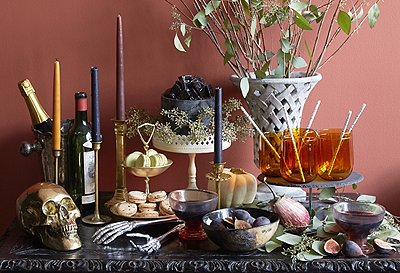
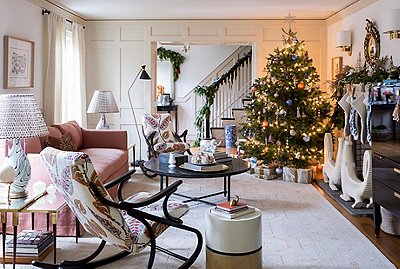
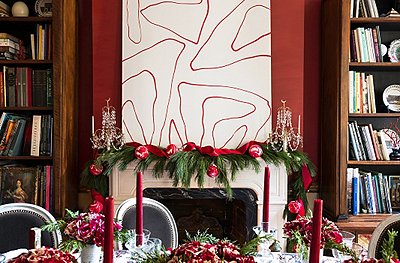
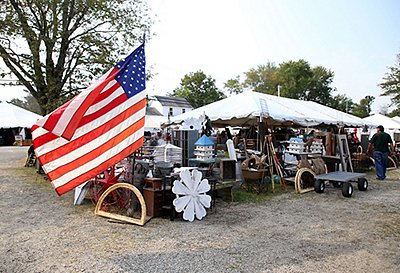
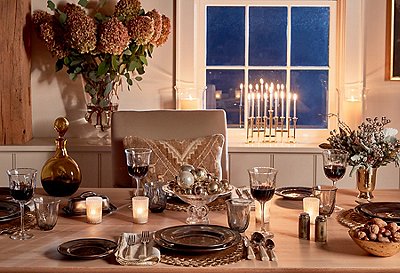
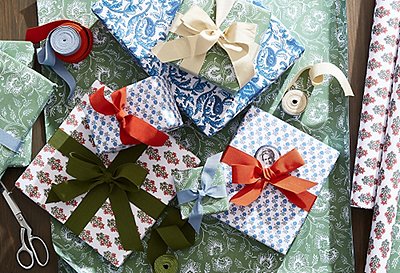
Join the Discussion